Spowers & Syme: Early Melbourne modernist printmakers The long awaited Ethel Spowers and Eveline Syme exhibition was meant to open to the public on Friday 13 August 2021 at the Canberra Museum and Gallery. A day earlier, there was to be a small opening at 6.30 pm – alas the Canberra lockdown came into force that evening at 5pm – the show did not open, it has not been seen. This is almost true, sensing the disaster that was about to unfold, covering my gardening clothes with an overcoat, I hopped into the car and sped off to see the show before it and I were locked down. Ethel Spowers (1890-1947) and Eveline Syme (1888-1961) were silver spooners who came from the Melbourne establishment. They were daughters of the rival newspaper magnates – The Argus and The Age – who were lifelong friends and both were prominent printmakers who championed a version of modernism. Their most productive years fell in the period between the two world wars when their art was featured in exhibitions in Australia and Britain. In the context of conservative Melbourne, their colourful linocuts looked modern and attracted a few champions and a couple of detractors. However, most of the art world simply ignored them until they were ‘rediscovered’ posthumously in the 1970s and 1980s as part of the revival of interest in the so-called ‘Claude Flight School’ of modernist linocut printmakers. Outside of the art market, the revival was spearheaded by the curator Stephen Coppel, firstly in Canberra and later in London. Today their prints are highly prized and command considerable prices on the art market. This could be described as a ‘perfect exhibition’. It is small enough to be manageable, yet sufficiently comprehensive to give an excellent understanding of the two artists seen within their cultural context. It includes linocuts, drawings, paintings, fairytale illustrations and even an embroidered screen. It is meticulously researched by Sarina Noordhuis-Fairfax, the Curator of Australian Prints and Drawings at the NGA, who uncovers mountains of new material from the artists’ archives. She is also the author of the accompanying monographic catalogue, where the interwoven lives of the two artists are explored in her text, employing the metaphor of skating on ice. Noordhuis-Fairfax writes in a lively engaging style, where despite the abundance of quotations from primary sources, such as the detailed correspondence between Spowers and Frances Derham, it remains a very readable text. The English artist Claude Flight, through the Grosvenor School of Modern Art in London, championed the colour linocut in Britain, with a whole army of talented pupils including the Australians Dorrit Black, Spowers and Syme. There were a few peculiarities of Flight’s method. One was his worship of the Italian Futurism and British Vorticism – the exhilaration of speed and the demonic energy of machines. Flight translated this into curved dynamic lines and fragmented colours designed to express speed, movement and hustle of modern life. Flight and his disciples used three to five blocks to print colour to produce an animated surface. The third feature of the Flight method was printing on very thin oriental tissue paper Gampi or India paper, printing on the reverse side of the paper allowing the image to bleed through to the other side, permitting a degree of subtlety. The colour linocuts of Spowers and Syme have a glowing luminosity and rhythmic dynamism. Spowers’s The works, Yallourn (1933), a print of considerable complexity and employing seven blocks, and Syme’s Sydney tram line (1936) from three blocks, are outstanding examples of the Flight method. All is caught up within a dynamic explosion of energy with a rich and vibrant colour palette. The beauty of this exhibition, at least in part, lies in the forensic matching up of sources and contexts, for example, a porcelain squirrel with an acorn appears in a Spowers’s print Still life (1932) with its dynamic play with shadows and in the exhibition the actual figurine is exhibited next to the print. In another instance, Spowers’s joyful School is out (1936) print is matched up with the artist’s drawing that served as the basis for the print. When you recall that much of the work was made during the Great Depression, it is a gay and somewhat frivolous world that we encounter in their art. The artists did possess a social conscience and were heavily involved in charitable work, women’s education and the war effort, in their art they celebrated a joyful innocence and hedonism. Spowers and Syme may not have made work of the same calibre or profundity as Jessie Traill or Dorrit Black, however, they did produce a body of exquisite prints that have finally been recognised and are celebrated in this wonderful exhibition. Spowers & Syme Canberra Museum and Gallery, Canberra 13 August – 12 February 2022 Western Plains Cultural Centre, Dubbo 26 February – 1 May 2022 Heide, Melbourne 18 June – 2 October 2022 An earlier version of this review was published in The Canberra Times
1 Comment
|
GRISHIN'S ART BLOG
Sasha Grishin AM, FAHA is the author of more than 25 books on art, including Australian Art: A History, and has served as the art critic for The Canberra Times for forty years. He is an Emeritus Professor at the Australian National University, Canberra; Guest Curator at the National Gallery of Victoria, Melbourne; and Honorary Principal Fellow, Faculty of Arts, at the University of Melbourne. Archives
June 2024
Categories
Keep up-to-date with Sasha Grishin's blog with the RSS feed.
RSS offers ease of access and ensures your privacy, as you do not need to subscribe with an email address. Click here to download a free feed reader |

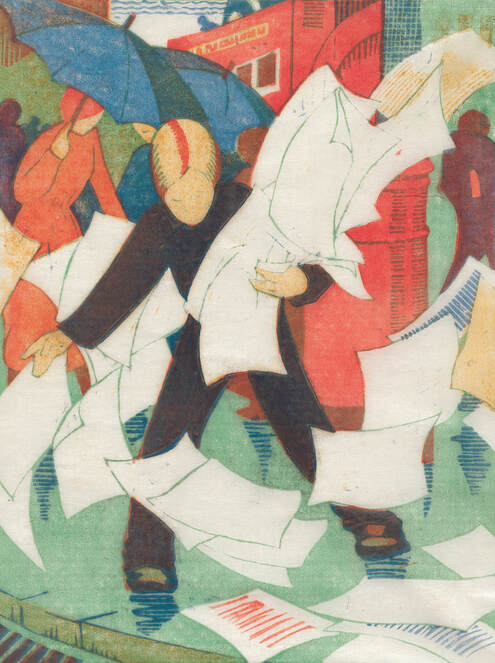
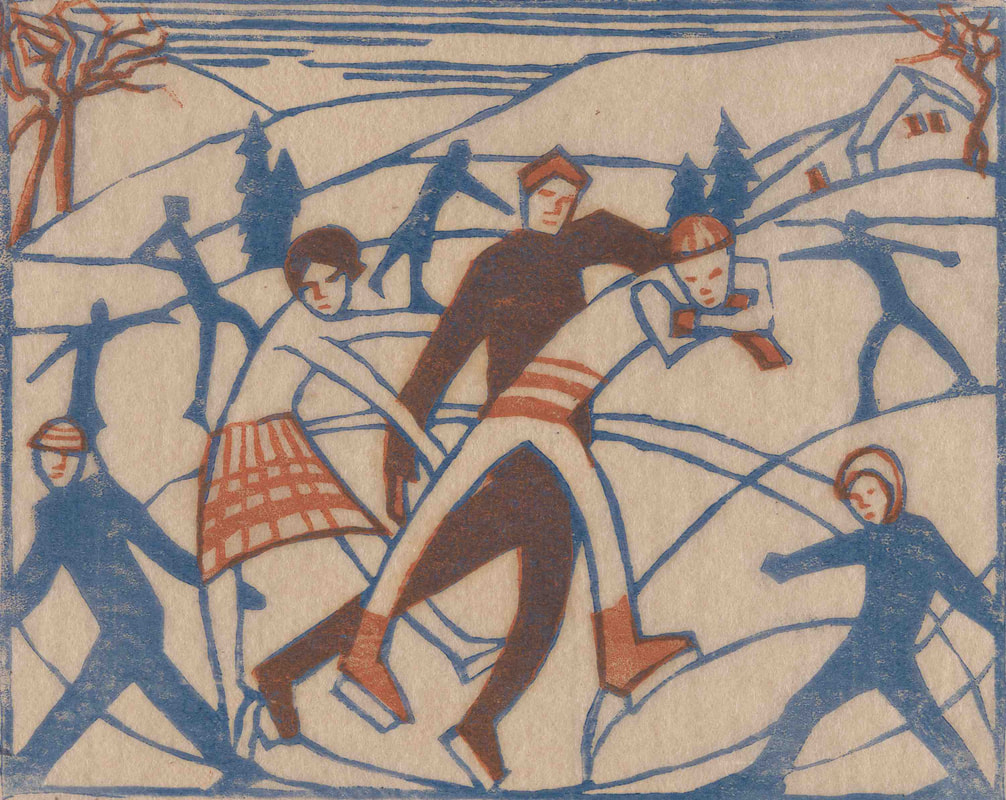
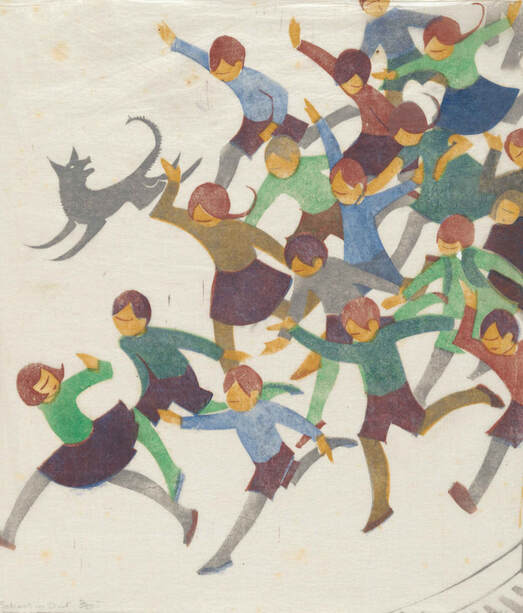
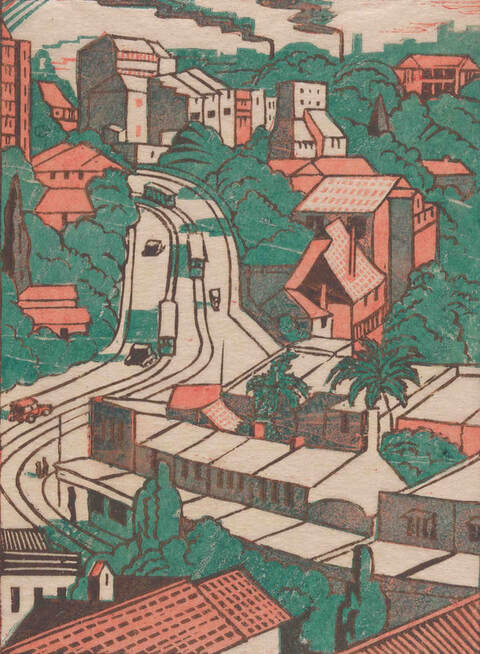
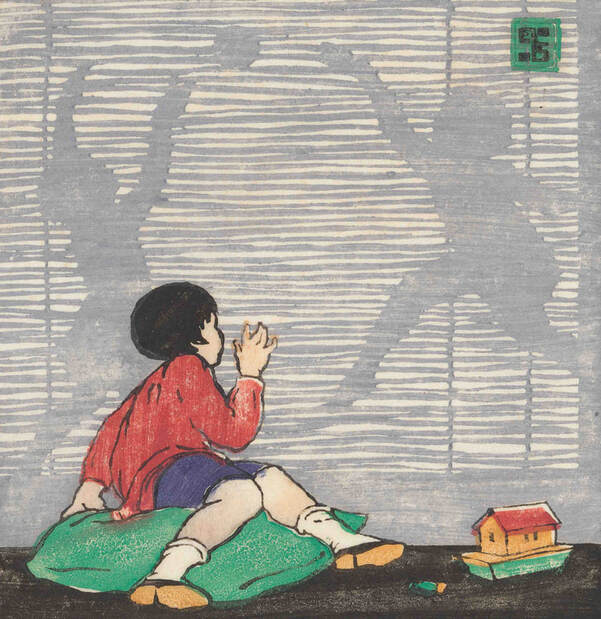
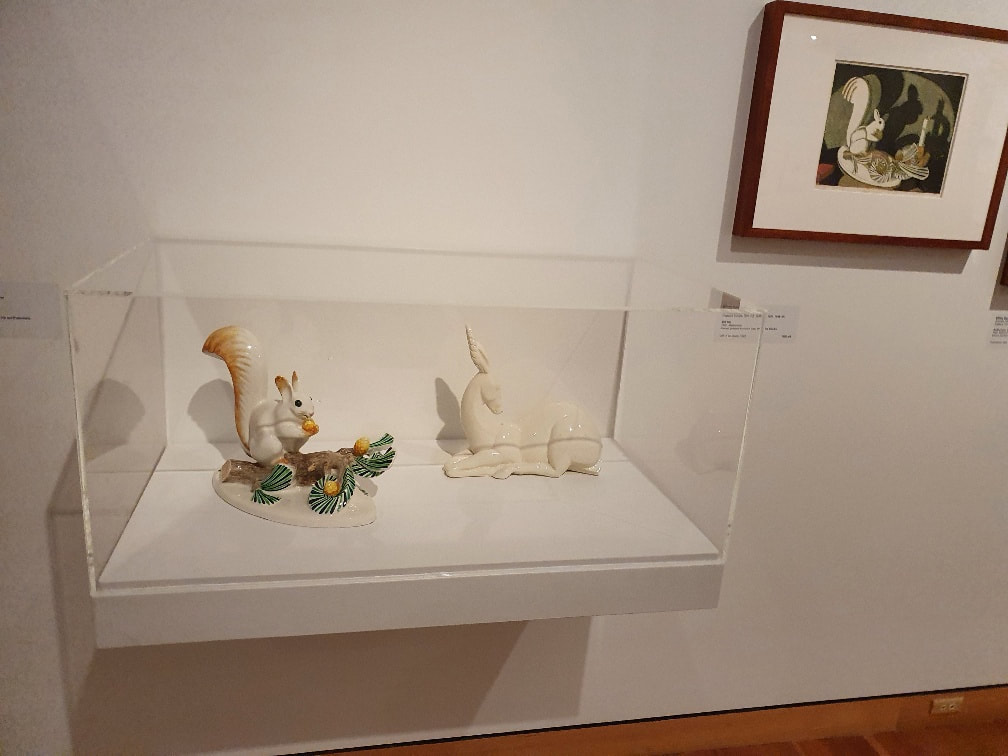

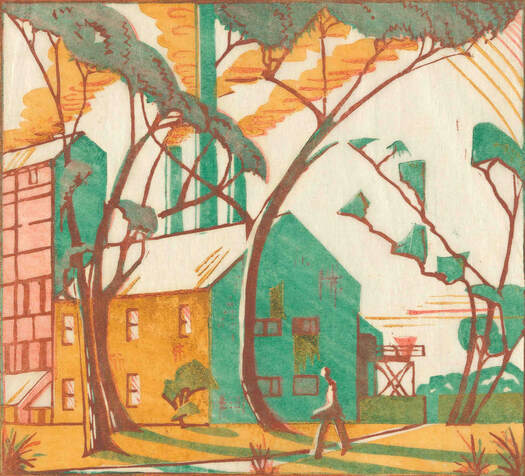
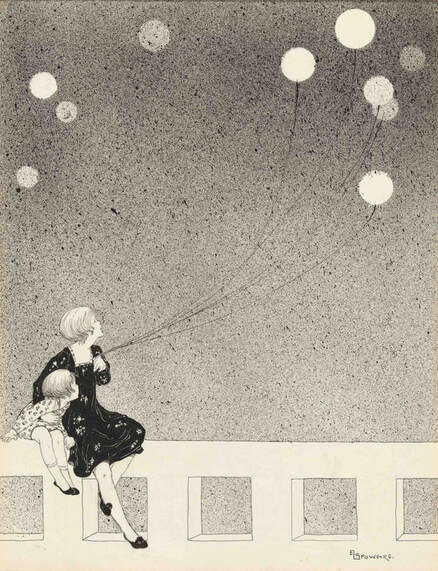
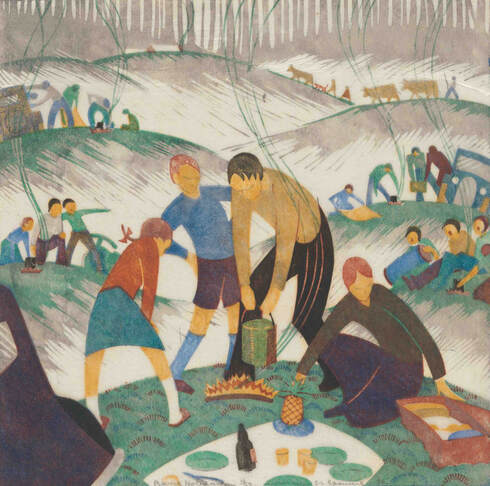
 RSS Feed
RSS Feed